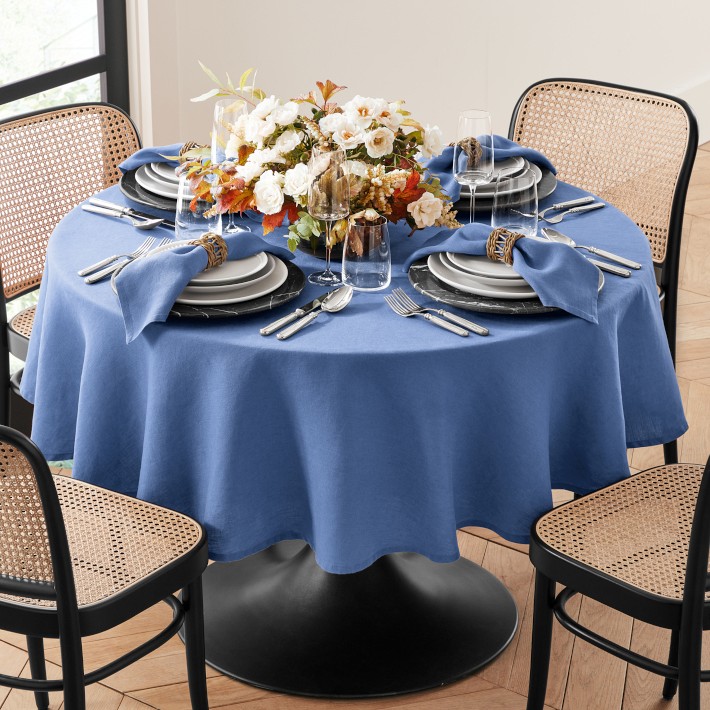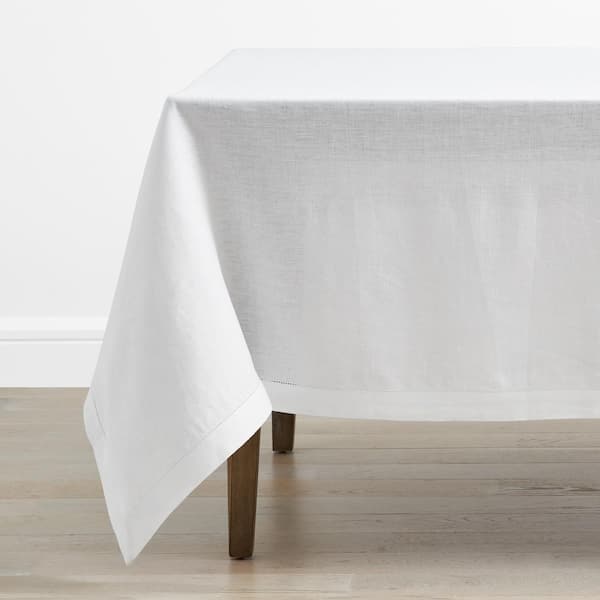Bed Linen Textile Developments: Discovering Modern Trends and Creative Applications in Layout and Fabric Sector
From sustainable production techniques to advanced weaving technologies, the development of linen is improving the landscape of the fabric industry. As we dive into the realms of imaginative style applications and the introduction of linen blends and crossbreed materials, a new chapter unfolds in which linen's role in future fabric developments takes center phase.
Lasting Practices in Bed Linen Manufacturing
Sustainable methods in linen manufacturing have come to be increasingly critical in the fabric industry's initiatives to reduce ecological impact and advertise honest sourcing approaches. Linen, a natural fiber derived from the flax plant, uses an array of advantages such as biodegradability, durability, and breathability. Nonetheless, traditional methods of bed linen production can include considerable water intake, pesticide use, and energy-intensive procedures.
To attend to these difficulties, several textile makers are adopting lasting methods throughout the bed linen production procedure. This consists of sourcing flax from organic farms that avoid unsafe pesticides and chemicals, applying water-efficient retting strategies to essence fibers from the flax stalks, and making use of eco-friendly dyes and coatings. In addition, some firms are purchasing sustainable energy resources to power their production centers and reducing waste via recycling and upcycling campaigns.
Technological Advancements in Linen Weaving
With the growing emphasis on sustainable techniques in linen manufacturing, the fabric industry is now experiencing a rise in technological improvements specifically aimed at reinventing the art of linen weaving. These innovations are reshaping the way linen materials are generated, using enhanced efficiency, high quality, and creative thinking in weaving strategies.
One of the essential technical improvements in linen weaving is the combination of digital looms. These sophisticated looms are geared up with software that permits complex and complicated layouts to be woven with accuracy. By digitizing the weaving procedure, manufacturers can achieve better uniformity and precision in their linen materials.
Furthermore, innovations in thread spinning innovation have actually made it possible for the manufacturing of finer and even more long lasting linen threads - table cloths. This causes softer and smoother bed linen textiles that preserve their quality even after numerous uses and laundries
Furthermore, the growth of environment-friendly dyeing processes and coatings for bed linen fabrics is getting grip. These lasting methods not only reduce the ecological influence yet additionally accommodate the raising consumer need for fairly produced textiles.
Creative Design Applications for Linen
Ingenious creative approaches are increasingly shaping the innovative design applications for bed linen in the fabric industry. Bed linen's all-natural visual charm and capability to blend with various other materials make it a favorite choice for producing distinct garments and accessories that provide to the eco mindful consumer.
Furthermore, developers are exploring with bed linen in home style, utilizing its breathable and sturdy nature to craft elegant home furnishings such as drapes, bedding, and upholstery. The appearance and drape of bed linen bring a sense of class and comfort to interior rooms, adding a touch of style to modern-day homes.

Bed Linen Blends and Hybrid Fabrics

Crossbreed textiles, on the other hand, take the idea of blending an action better by integrating extra elements such as metallic threads, recycled materials, or conductive fibers. These cutting-edge textiles not just expand the style possibilities however likewise present functional facets like conductivity, antimicrobial homes, or improved longevity. Crossbreed materials are increasingly being utilized in various industries, including style, indoor style, and technical fabrics, where the demand for multifunctional materials gets on the increase.
Bed linen's Function in Future Fabric Innovations

In the realm of future textile advancements, bed linen is expected to be a key player in the development of advanced functional fabrics. Scientists and designers are exploring methods to boost bed linen's integral high qualities with click to read technical developments, such as incorporating smart fabrics, nanotechnology, and performance surfaces. These developments intend to elevate linen's performance attributes, making it ideal for a more comprehensive series of applications, from activewear to safety garments.
Additionally, the mix of bed linen with various other all-natural or synthetic fibers opens up countless possibilities for producing novel fabrics with distinct residential or commercial properties and performances. By leveraging linen's qualities and exploring cutting-edge blends, the fabric market is poised to present interesting advancements that satisfy advancing consumer requirements and sustainability requirements.
Conclusion
To conclude, the expedition of lasting techniques, technical developments, imaginative design applications, bed linen blends, and its role in future textile innovations highlight the constant evolution of linen fabric in the contemporary design and textile industry. With a concentrate on advancement and creativity, the flexibility and green nature of linen make it a valuable material for producers and designers alike, leading the means for more growths and improvements in the field of fabrics.
As we dive into the realms of imaginative style applications and the appearance of linen blends and hybrid textiles, visit site a new chapter unfolds in which linen's duty in future textile advancements takes facility phase.
Checking out the combination of bed linen with other fabrics has led to the appearance of innovative blends and crossbreed textiles in the modern textile market. Linen blends supply an unique mix of the features of bed linen with those of various other fibers, resulting in materials that have boosted properties such as boosted longevity, improved draping, and decreased wrinkling.The development of linen blends and crossbreed materials has established the stage for Bed linen to play a crucial duty in driving future textile technologies.In the realm of future textile developments, linen is expected to be an essential player in the development of sophisticated functional fabrics.
Comments on “Sophisticated Table Cloths: Perfect Choices for each Occasion”